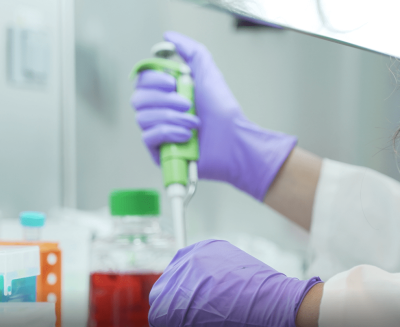Quantitative Polymerase Chain Reaction (qPCR) is a widely used molecular biology technique for quantifying gene expression levels. However, performing qPCR with low RNA concentrations presents unique challenges that can affect the accuracy and reliability of results. In this article, we will explore the impact of low RNA concentrations on qPCR, discuss the associated limitations, and suggest strategies to overcome these challenges.
 The Importance of RNA Concentration in qPCR:
The Importance of RNA Concentration in qPCR:
RNA concentration plays a critical role in qPCR experiments. Adequate RNA amounts are necessary to obtain reliable and meaningful results. Insufficient RNA concentration can lead to decreased sensitivity, inaccurate quantification, and unreliable gene expression measurements. Moreover, low RNA concentrations limit the number of starting template material available for amplification, resulting in a reduced signal during qPCR. This can lead to difficulties in detecting and accurately quantifying the target gene expression levels.
Strategies to Overcome Low RNA Concentration Challenges:
- RNA Extraction Optimization: Enhance the efficiency of RNA extraction protocols to maximize RNA recovery from the sample. This includes using appropriate extraction kits, optimizing sample homogenization, and ensuring optimal storage conditions to minimize RNA degradation.
- Technical Replicates and Controls: Increase the number of technical replicates to account for variability introduced by low RNA concentrations. Including appropriate positive and negative controls is crucial for accurate interpretation of the results.
- Optimized Reverse Transcription (RT): Optimize the RT step to enhance cDNA synthesis efficiency. This may involve using high-performance reverse transcriptase enzymes or adjusting reaction conditions.
Optimizing RNA Extraction
Performing qPCR with low RNA concentrations poses specific challenges, including reduced sensitivity and increased variability. However, by optimizing RNA extraction, optimizing RT, carefully designing qPCR reactions, and including adequate controls, researchers can overcome these challenges and obtain reliable results. It is important to be aware of the limitations associated with low RNA concentrations and implement appropriate strategies to ensure the accuracy and validity of qPCR experiments in such scenarios.
More on Visikol
In a similar vein, Visikol provides cutting-edge drug discovery solutions such as gene expression endpoints in 3D cell culture assays and tissue imaging high content screening, blood brain barrier permeability assay, and AI solutions for histological analysis of tissue sections, and much more. To learn more about Visikol’s services, please contact us.
